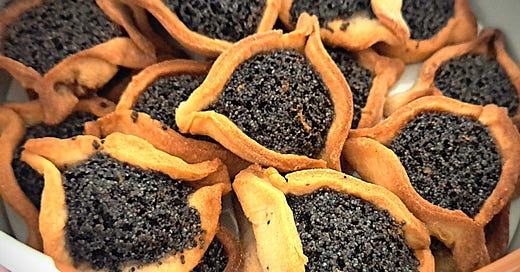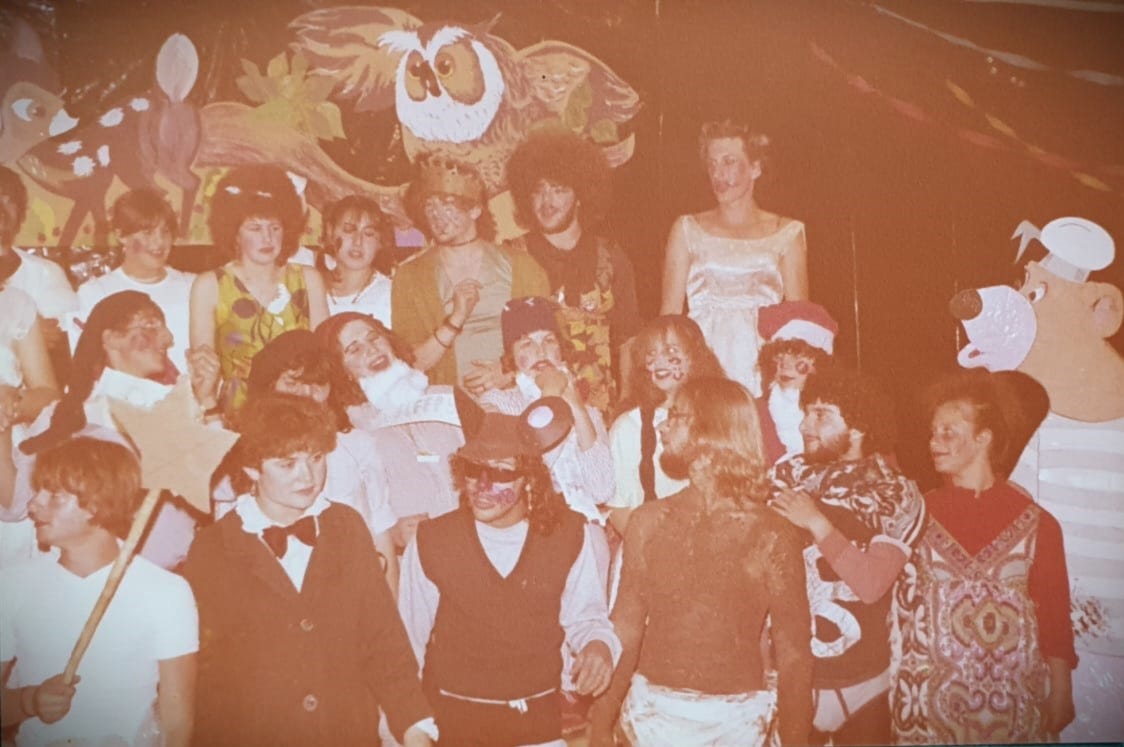Every Jewish festival, whether religious or cultural, is predisposed to the celebratory feasting of the symbolic foods commemorating its biblical event. So too does the joyous past time of drinking of wine, especially when celebrating the festival of Purim.
Purim, the festival that rejoices in triumph over adversity and celebrates survival, is upon us. In short, it is the courageous story of Esther, a Jewish woman living under the ancient Persian rule of King Ahasuerus, and who without revealing her true identity, becomes his queen. When Haman, a senior royal official calls upon Ahasuerus to destroy all the Jews within his kingdom, it is Esther’s guardian Mordecai, who persuades her to reveal her Jewish identity to her husband, and expose Haman’s wicked plan in order to spare them.
Courage, resilience, heckling villains and applauding heroes are the cultural themes that run through this festival. They are all wrapped up in the jubilation of the many ancient traditions that involve eating and drinking to excess, masquerading in fancy dress, giving gifts of food to those in need, as well booing Haman through the use of a ratchet and cheering for Mordechai with party blowers when reading the Purim story from the scroll known as the Megillah.
Jewish tradition can often link fasting with feasting by means of balancing solemnity with jubilation and scarcity with excessiveness. Purim observes a day of abstinence prior to the day of indulgence, giving historical and spiritual credence to the story, as Esther fasted for three days before approaching the king for her people’s survival. Once salvation was granted, there followed a day of celebration and indulgence, with the added edict to imbibe copious amounts of wine to the point of inebriation.
Drunkenness is generally discouraged within the Jewish religion, in favour of moderation and averting any foolish behaviour, “wine is a mocker and beer a brawler; whoever is led astray by them is not wise" Proverbs 20:1. It is therefore a welcomed tradition from the ancient teachings within the Book of Esther, that encourages drinking in order to blur the lines between the “curse of Haman and the blessings of Mordecai”, and rejoice in the victory of survival.
The Jewish tradition of feeding goes well beyond the need for physical nourishment and fulfilling the mandate of sustaining the body and mind to simply survive. This year as we excessively eat and drink, Purim presents a poignant reminder to us all that there are hostages still held in Gaza, evidently lacking in foods containing protein and essential vitamins and minerals needed for basic nourishment. I was shocked beyond dismay by the recent televised interview with former hostage Eli Sharabi, who was released from captivity on February 8th 2025, gaunt and emaciated, having lost almost 30kg in weight during his 15 months incarceration. He talked of sharing what little food he had with his fellow hostages and how every crumb was savoured and made to last, so that their stomachs were not completely empty throughout the long night, and how the basic act of opening a fridge for a piece of fruit or a vegetable, could never be taken for granted. Explored in greater detail in my forthcoming book, he too spoke of the food memories from around a laden festive table and the dishes of his heritage, provided comfort and acted as a means of survival, by fostering a resilience to the pain of true hunger.
The giving of food as an act of charity is another one of the deep rooted customs specific to this festival, and our culture, and highlights the importance of fostering goodwill and kindness to one another, which in turn provides strength, unity and sustenance to both the givers and receivers in equal measures. Eating and drinking together, regardless of circumstances, nurtures a comforting spirit of solidarity and which is considered a force to overcome adversity, and forms part of the Purim story.
Unlike so many other Jewish festivals which has many customary dishes that make up their festive meal, Purim simply has hamentaschen as its symbolic fayre, meaningfully connecting to its many themes. Translated from the Yiddish to mean ‘Haman’s pockets’ or ‘Haman’s ear’s’, these triangular pastries are typically filled with poppy seeds, which was the ingredient of choice for the Ashkenazi Jews of Eastern Europe, from where they originated. Hidden fillings and stuffed foods are popular on Purim, suggestive of the concealed identity of Esther and the hidden miracle of the Jews survival. Modern fillings for hamentaschen include fruit jams, chocolate and caramel, although the poppy seed mixture remains the traditional filling for these festive biscuits.
The festival of Purim is full of joy and overindulgence, giving and receiving, courage, resilience and solidarity, so spare a thought for all those unable to join the party this year, and lets hope that in the coming days they will return to our communities and share our tables and food, once again.
Happy holidays!








